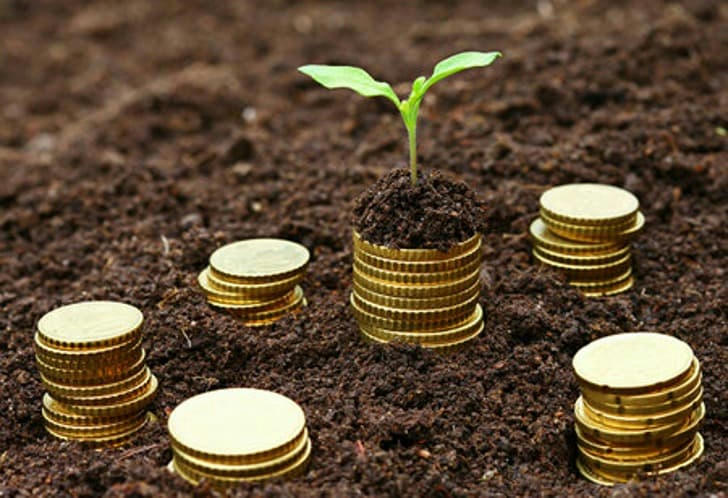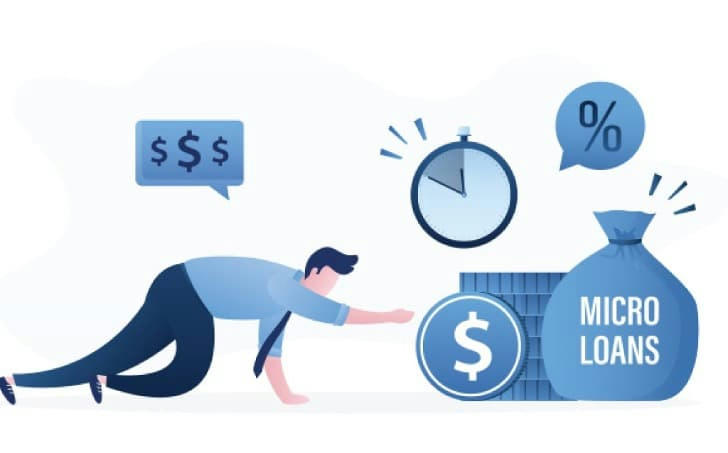Understanding Microloans: A Comprehensive Guide
Microloans have emerged as a powerful financial tool, particularly for individuals and small businesses that lack access to traditional banking services. These small, short-term loans are designed to provide financial support to entrepreneurs, especially in developing countries, enabling them to start or expand their businesses. This article delves into the concept of microloans, their benefits, challenges, and their impact on global economies.

What Are Microloans?
Microloans are small loans, typically ranging from a few hundred to a few thousand dollars, offered to individuals or small businesses that do not have access to conventional financial services. These loans are often provided by microfinance institutions (MFIs), non-governmental organizations (NGOs), or even online platforms. The primary goal of microloans is to empower individuals, particularly those in low-income communities, by providing them with the capital needed to start or grow a business.
The concept of microloans gained significant attention in the 1970s when Muhammad Yunus, an economist from Bangladesh, founded the Grameen Bank. Yunus's pioneering work in microfinance demonstrated that small loans could have a transformative impact on poverty-stricken communities. For his efforts, Yunus was awarded the Nobel Peace Prize in 2006, bringing global recognition to the potential of microloans.
How Do Microloans Work?
Microloans operate differently from traditional bank loans. They are typically characterized by their small size, short repayment periods, and relatively high-interest rates. However, these interest rates are often lower than those charged by informal lenders or loan sharks, who are frequently the only alternative for individuals without access to formal banking.
One of the key features of microloans is the group lending model. In this model, loans are given to a group of individuals who collectively guarantee each other's repayment. This approach reduces the risk for the lender and encourages borrowers to support one another, fostering a sense of community and mutual responsibility.
Another important aspect of microloans is the focus on financial inclusion. Many microfinance institutions provide not only loans but also financial education, savings accounts, and insurance products. This holistic approach helps borrowers manage their finances more effectively and increases the likelihood of successful loan repayment.
Benefits of Microloans
Microloans offer numerous benefits, both for individual borrowers and for the broader economy. Here are some of the key advantages:
Empowerment of Women: Microloans have been particularly effective in empowering women in developing countries. By providing women with access to capital, microloans enable them to start businesses, generate income, and gain greater control over their financial lives. This, in turn, can lead to improved family well-being and greater gender equality.
Poverty Alleviation: Microloans can play a significant role in reducing poverty. By providing individuals with the means to start or expand a business, microloans help create jobs and increase income levels. This can lead to improved living standards and greater economic stability for entire communities.
Economic Growth: Small businesses are often the backbone of developing economies. By supporting these businesses, microloans contribute to economic growth and development. Successful small businesses can stimulate local economies, create jobs, and increase the availability of goods and services.
Financial Inclusion: Microloans help bridge the gap between the unbanked population and formal financial services. By providing access to credit, savings, and insurance, microloans enable individuals to participate more fully in the economy and improve their financial resilience.

Challenges and Criticisms
Despite their many benefits, microloans are not without challenges and criticisms. Some of the key issues include:
High-Interest Rates: While microloans often have lower interest rates than informal lenders, they can still be relatively high compared to traditional bank loans. This can make it difficult for borrowers to repay their loans, particularly if their businesses do not generate the expected income.
Over-Indebtedness: In some cases, borrowers may take out multiple microloans from different lenders, leading to over-indebtedness. This can create a cycle of debt that is difficult to escape, particularly if borrowers are unable to generate sufficient income from their businesses.
Limited Impact on Poverty: While microloans can help alleviate poverty, they are not a panacea. Some critics argue that microloans alone are not enough to address the root causes of poverty, such as lack of education, healthcare, and infrastructure. For microloans to be truly effective, they need to be part of a broader strategy that addresses these underlying issues.
Sustainability of Microfinance Institutions: Many microfinance institutions rely on donor funding or subsidies to operate. This raises questions about the long-term sustainability of these institutions, particularly in the absence of ongoing financial support.

The Future of Microloans
The future of microloans looks promising, with several trends shaping the landscape of microfinance. One of the most significant developments is the rise of digital technology. Mobile banking and online platforms are making it easier for individuals to access microloans, even in remote areas. This has the potential to greatly expand the reach of microfinance and increase financial inclusion.
Another important trend is the growing interest in social impact investing. Investors are increasingly looking for opportunities to generate both financial returns and positive social impact. Microloans, with their potential to empower individuals and alleviate poverty, are well-positioned to attract this type of investment.
In addition, there is a growing recognition of the need for responsible lending practices. Many microfinance institutions are adopting measures to ensure that borrowers are not over-indebted and that loans are used for productive purposes. This includes providing financial education, conducting thorough credit assessments, and offering flexible repayment options.
Conclusion:
Microloans have proven to be a valuable tool for empowering individuals and small businesses, particularly in developing countries. By providing access to capital, microloans enable entrepreneurs to start or expand their businesses, generate income, and improve their living standards. However, microloans are not without challenges, and it is important to address issues such as high-interest rates, over-indebtedness, and the sustainability of microfinance institutions.
As the microfinance industry continues to evolve, it is likely that digital technology and social impact investing will play an increasingly important role. By embracing these trends and adopting responsible lending practices, microloans have the potential to make an even greater impact on global poverty and economic development.
In conclusion, microloans are more than just a financial product; they are a means of empowering individuals, fostering economic growth, and promoting financial inclusion. While they are not a cure-all for poverty, they are an important tool in the broader effort to create a more equitable and prosperous world.
